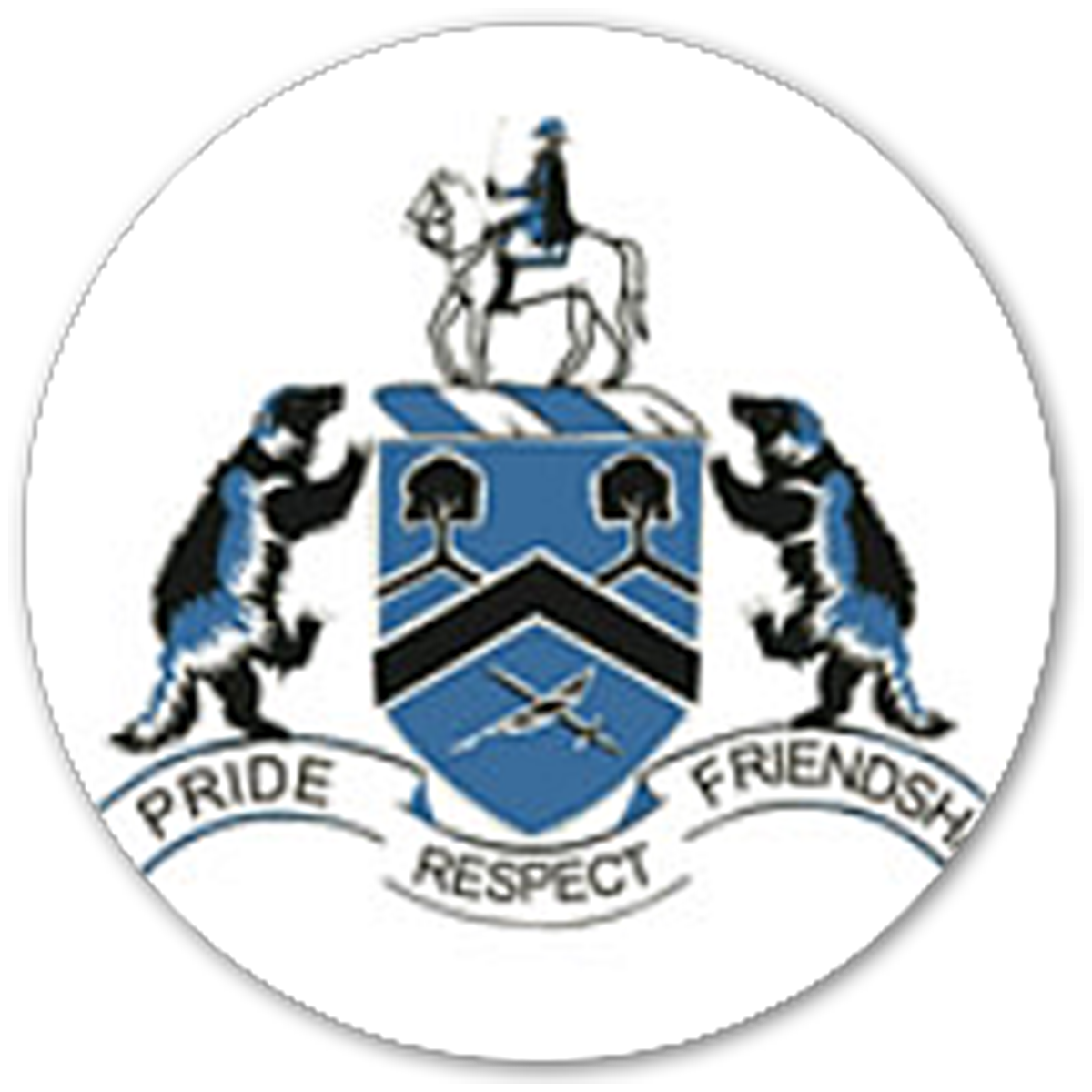Bullying Prevention Plan
School: Wellington Heights Secondary School
Date: September 27, 2024
Everyone at our school is committed to making our school a safe, inclusive and equitable environment for all. We treat each other with respect and we will refuse to tolerate inequities in any form at our school. We know that a “whole-school” approach where all stakeholders are involved in supporting our students helps create and maintain a positive school climate.
Definition of Bullying
“Bullying” means aggressive and typically repeated behaviour by a student where,
The behaviour is intended by the student to have the effect of, or the student ought to know that the behaviour would be likely to have the effect of,
causing harm, fear or distress to another individual, including physical, psychological, social or academic harm, harm to the individual’s reputation or harm to the individual’s property, or
creating a negative environment at a school for another individual, and
The behaviour occurs in a context where there is a real or perceived power imbalance between the student and the individual based on factors such as size, strength, age, intelligence, peer group power, economic status, social status, religion, ethnic origin, sexual orientation, family circumstances, gender, gender identity, gender expression, race, disability or special education needs.
Bullying takes different forms of contexts with age. It can be physical, verbal, social/emotional or through electronic means (cyber-bullying). Bystanders contribute to bullying by doing nothing to prevent it or become actively involved in supporting it.
“Cyberbullying” includes electronic communication that:
Is used to upset, threaten or embarrass another person.
Uses email, cell phones, text messages and social media sites to threaten, harass, embarrass, socially exclude or damage reputations and friendships.
includes put downs, insults and can also involve spreading rumours, sharing private information, photos or videos or threatening to harm someone.
Examples of Bullying
Physical Aggression: e.g., hitting, pushing, stealing, damaging property
Verbal Aggression: e.g., insults, threats, taunting someone in a hurtful way, name calling, making sexist, racist or homophobic comments
Social Or Relational Aggression: e.g., spreading rumours about someone, excluding someone, gossiping
Electronic (Cyberbullying): e.g., spreading rumours and/or hurtful comments through the use of email, cell phones (texts) or on social media.
Bullying Prevention and Equity & Inclusive Responsibilities
Staff:
Closely supervise students in all areas of the school and school grounds
Watch for signs of bullying and stop it when it happens
Respond quickly and sensitively to bullying reports (Affirm, Ask, Assess, Act)
Take seriously parents’ concerns about bullying incidents
Assign consequences for bullying
Teach students our procedures for reporting incidents of bullying
Provide a safe environment for students who report bullying (protection from retaliation)
Treat others respectfully
Model positive ways of getting along with others
Students:
Treat each other respectfully
Refuse to bully others
Refuse to let others be bullied
Refuse to watch, laugh or join in when someone is being bullied
Include everyone in play, especially those who are often left out
Report bullying to an adult
Parents:
Model positive ways of getting along with others
Help their child find ways to express anger that do not involve hurting others physically emotionally
Teach problem solving skills
Inform school staff if their child tells them about a bullying incident
Support the schools bullying-prevention efforts
Help their child understand the value of accepting and celebrating individual differences
Be alert to signs their child is being bullied or may be bullying others
Intervention Strategies
Our staff will use the following process when bullying is reported:
Acknowledge the Incident / Affirm
“You were right to report/get help from an adult.”
“I’m glad you asked for help with this.”
Gather Information / Ask Questions
“Tell me more about what happened.”
“Has this happened before?”
“Did anyone try to help you?”
“Are you telling me this is to get someone in trouble or to keep someone safe?”
Assess Safety / Make a Plan
Determine what the student needs to feel safe now
What can the student do if the bullying continues
What steps need to be taken to limit the possibility of retaliation for the person reporting the
bullying
Who the student will tell if there is another incident
Act / Follow-up
Determine “next step” or refer the student to an administrator
Tell them what will happen next
Check with the student to determine the success of the intervention
Reporting Incidents of Bullying
Students, parents, school staff and volunteers may use the following methods to report incidents of bullying as appropriate:
Student to Student:
Safe Schools Incident Reporting (on-line)
On-line “Report Identity-Based Harm and/or Bullying” Reporting Tool
Tell an adult in the building (phone, in person, email etc.)
Parent / Teacher interviews
Make an appointment to meet with school staff
When responding to a bullying incident, our school staff uses a progressive discipline approach. Use of Progressive Discipline supports a safe, inclusive and equitable learning and teaching environment in which every student can reach his or her full potential. Strategies may range from early intervention to more intensive intervention in cases of persistent bullying, with possible referral to board support personnel, community or social service agencies.
These may include but are not limited to:
Well-being strategies and programs;
Providing students with the opportunity to learn life skills such as conflict resolution, anger management and communication skills;
Collaborative problem solving;
Utilising models based on the concepts of peer mediation;
Documenting incidents requiring disciplinary measures;
Use of progressive discipline and consideration of mitigating factors;
Ensuring that contact is made with the parent(s)/guardian(s) of students, under the age of 18, early
in the disciplinary process and involving them in a plan to improve the behaviour;
CYC support or Social Worker support
Referral to outside agencies (e.g., CMHA, DCAFS)
Restorative justice practices (e.g., written or verbal apology, community service)
